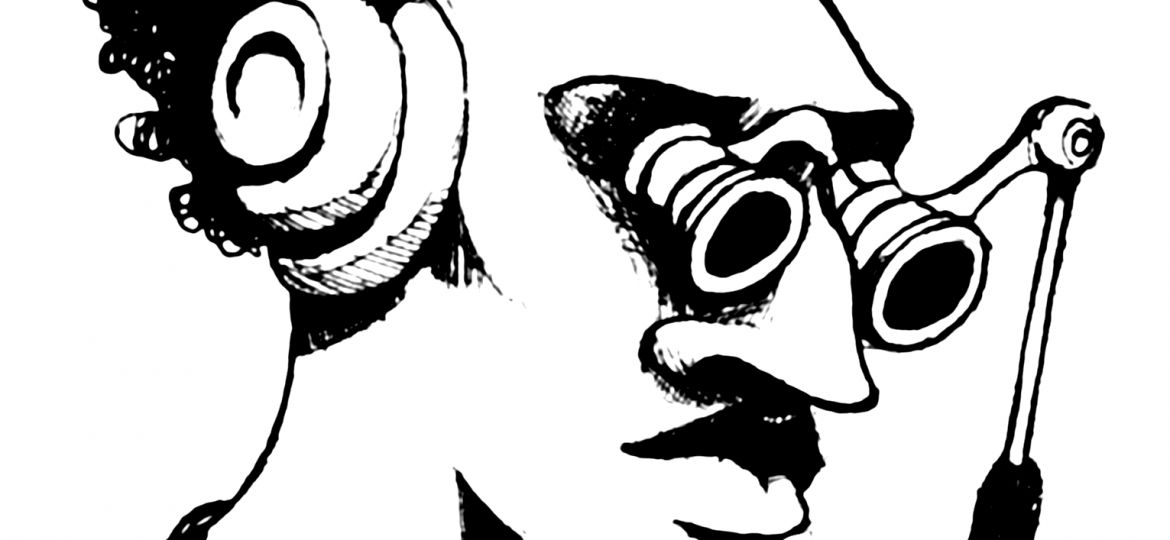
Against all odds, 2019 has delivered more evidence of a genuine horror-film renaissance
2019 has been a year of welcome surprises for movies. Comic-book movie naysayers have been silenced with Marvel’s “Avengers Endgame” and DC’s “Joker” raising quality standards of the genre. A new throwback mob movie from Martin Scorsese has been embraced with universal acclaim despite its unlikely Netflix home. This year has even seen unprecedented success in the international film market, with Bong Joon-ho’s “Parasite” clearing $100 million at the box office and setting limited-release U.S. opening weekend records. Perhaps the most miraculous of the surprises, however, has been the affirmation of a legitimate renovation of the horror genre.
This is a renovation that has been in the works for many years now. At the cusp of the 2010s, the genre was saturated by franchises like “Paranormal Activity” and “Saw.” Despite having critical receptions as low as their budgets, Hollywood’s gore and jumpscare stuffed seasonal franchises dominated the market. Industry experts worried over diminishing annual profits of horror movies. Sans a few indie and international outings like “The Babadook” and “It Follows,” the genre was seeming increasingly disposable and stale.
The latter half of the decade, however, has suggested more promising prospects for horror fanatics. Thanks to companies like A24, more obscure and artistically driven horror films like “The Witch,” “It Comes at Night” and “Hereditary” found widespread distribution and attention. Hollywood horror movies began to find its groove again, with mainstream hits such as “It” and “A Quiet Place” each raking in over $300 million in the box office.
However, the real game changer was perhaps the critical and commercial success of Jordan Peele’s 2017 film “Get Out.” “Get Out” was a blockbuster horror sensation, becoming the first horror movie to compete for the Best Picture Oscar since 1991’s “The Silence of the Lambs” (Peele took home the Oscar for Best Original Screenplay for the film, becoming the first black man to do so). And among 2019’s most popular and critically acclaimed films are horror flicks: “Us,” “Midsommar” and “The Lighthouse.”
“Us,” Peele’s second horror outing, has been every bit as commercially and critically popular as “Get Out.” “Us” earned $250 million – becoming the most financially successful original horror film of all time. Peele’s films have been noted for their carefully constructed socially commentary, with “Get Out” and “Us” being interpreted as criticisms of this era of so-called “post-racial” America. Peele has also made good use of his famed background in comedy, splicing crowd-pleasing comic relief into his films.
“Midsommar” comes from “Hereditary” writer and director Ari Aster, whose freshman effort shocked audiences, going on to be hailed as “the scariest movie since ‘The Exorcist’” by certain critics. For “Midsommar,” Aster decided to downplay the horror elements of the film, focusing instead on creating a mesmerizing atmosphere. On top of much play with melodrama and trauma, Aster’s films have been noted for their arthouse influences with allusions to the films of Ingmar Bergman and Andrei Tarkovsky. “Midsommar,” despite positive critical reception, has been the subject of much debate, with as many people disparaging it as hailing it a masterpiece.
Robert Egger’s “The Lighthouse,” however, may be the year’s horror stand out. Fans have been calling the film a bona-fide modern classic since it opened to rave reviews at Cannes. Like his freshman effort, “The Witch,” Egger’s film is a meticulously researched and crafted New England period horror film. Despite only featuring two actors in the entire film (Robert Pattinson and Willem Dafoe), audiences have been entranced with the film, rallying for Academy attention for both actors. Eggers shares similar arthouse influences with Aster; the two have discussed their admiration for Bergman on a podcast.
Peele, Aster and Eggers have found much success in their respective lanes of the horror genre, each releasing successful sophomore efforts in 2019. As the year has shown, despite anxieties about an increasingly changing landscape, film as a serious cultural force is not going anywhere. In fact – as perhaps is the case for horror films – it might just be getting started.
Graphic by Thomas Hardy/Manitou Messenger

